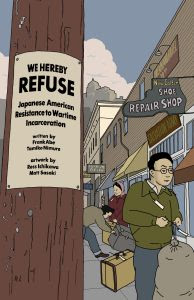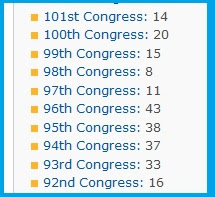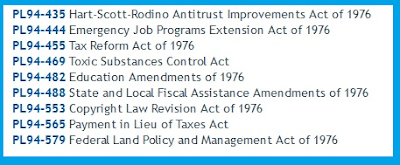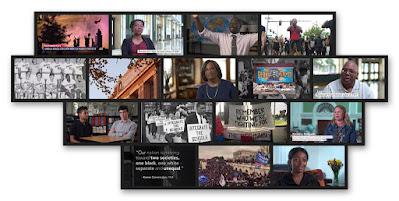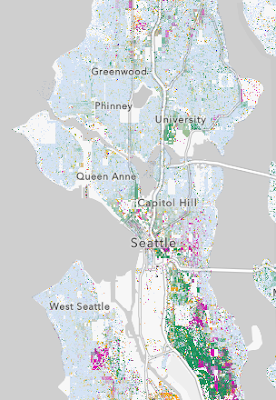Tomorrow (Feb. 19) is Civil Liberties Day of Remembrance, the anniversary of Roosevelt's Executive Order 9066, which set in motion the removal of thousands of Japanese American families from their homes and their imprisonment in isolated camps. See this brief essay on OurDocuments.gov. Read the order as it was published in the Federal Register Feb. 25, 1942. (HeinOnline has PDFs of the Federal Register starting with its first issue, in 1936. For more about the collection see this guide.)
 |
| PDF from HeinOnline of 7 Fed. Reg. 1407 (Feb. 25, 1942) |
We Hereby Refuse: Japanese American Resistance to Wartime Incarceration (2021) is a graphic work presenting the history of three resisters. The law library's copy is in the Good Reads collection—but it happens to be checked out as I write this blog post. You can click on the link to request the book when it's available.
We Hereby Refuse was co-published by the Wing Luke Museum of the Asian Pacific American Experience. Take a look at the museum's interactive timeline showing the events in the book.
Did you know that the Wing Luke Museum is named for a UW Law graduate? Wing Luke ('54) served as an assistant attorney general 1957-62, before becoming the first person of color on the Seattle City Council (and the first Asian American to hold any elective office in Washington State). He was killed in an airplane crash in 1965. In 2015, Attorney General Bob Ferguson established the Wing Luke Civil Rights Division.
Wing Luke's bio on the museum's site says that he fought back against high school bullying by drawing comic strips, eventually becoming so popular he was elected president of Roosevelt High School in Seattle. Wing Luke's teenage work in comics makes extra cool that the museum published a graphic novel. (For more on Roosevelt High, see this post from two weeks ago.)
In this YouTube video,Tom Ikeda, from Densho, interviews the two authors (Frank Abe and Tamiko Namura) and one of the illustrators
(Ross Ishikawa) about how they researched and created this amazing work. Densho is an online resource with oral histories and other resources about the history of Japanese American incarceration.
